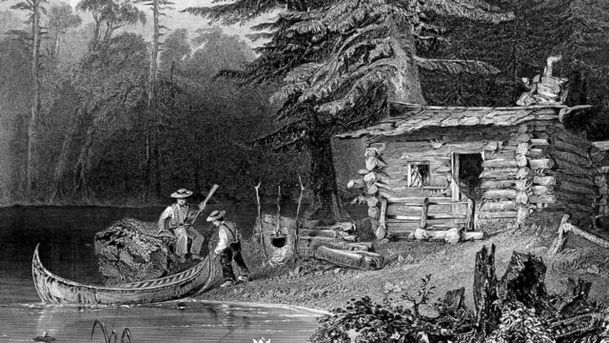Sunday Feature - At Cupids Cove: The First English Settlement in Canada

2010 sees an important transatlantic anniversary - the 400th anniversary of the first English settlement in the north of North America, at Cupers - or Cupids - Cove, Conception Bay, in Newfoundland. Sean Street visits the site and with William Gilbert, the chief archaeologist, reveals the life of the settlers, their relations with the indigenous people and the lands they left behind. We hear how a 'plantation' was established by the London and Bristol Company of Merchant Venturers in 1610 and the first governor was a Bristol merchant named John Guy. The settlement they founded was the first post-Norse European settlement in Newfoundland, the first English settlement in what is now Canada and one of the first European settlements anywhere in North America - 10 years earlier than the arrival of the Mayflower in Massachusetts. William Gilbert takes Sean to the remains of the colony which were discovered in 1995 and have been excavated every summer since. Four early 17th century buildings have been revealed, including the dwelling house and storehouse erected by Guy's party in the autumn of 1610. They examine some of the 126,000 artefacts which have been uncovered, giving a remarkably full picture of the life, business and death in Cupids Cove. Some details are surprising: the settlement's fortified wall faces the sea - and Sean learns that the fear was of attack by European pirates rather than by native people. As interesting and significant as the artefacts are the documents: several letters and reports, dating from 1610, survive, as does John Guy's journal. Indeed, the site was discovered because the correspondence provided clues to its whereabouts. Reading these Sean learns that sixty-two people spent the winter of 1612-1613 at Cupids Bay, and that there were eight deaths. One man confessed to a murder in Rochester and Guy wrote that he 'died of thought'. There was also one birth that winter - a boy born to Nicholas Guy and his wife on 27 March, 1613 - he was the first English child born in what is now Canada. Sean hears how the artefacts, too, tell personal stories: There are two silver threads that, because of the sumptuary laws, almost certainly come from the jacket of John Guy himself. Guy specifically mentions some amber beads that he brought with him - and one of these has been found. These were very rare, so it is most probably his. There are references to the establishment of a fur trade with the Beothuk people who lived 18 miles away, and a request in the winter of 1619/1620 from Thomas Rowley that 'hatchets, looking glasses, beads, a drum and shoemakers' thread' be sent to Cupers Cove as 'truck for savages'. Hundreds of glass trade beads have been found, and William Gilbert takes Sean Street to the island where the first contact was made. Sean Street visits Cupids Cove and tells the little-known story of the earliest English settlement in Canada. He finds that, four hundred years later, people are still there - and talks to a woman whose potato patch has become an archaeological site of great importance.